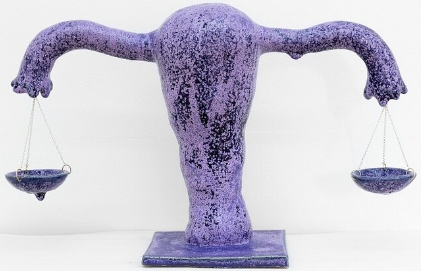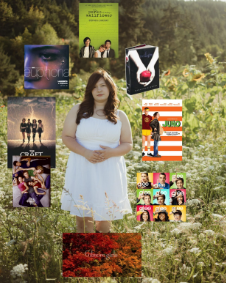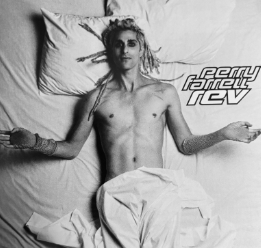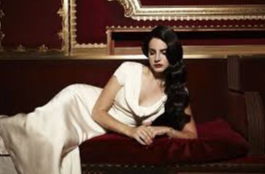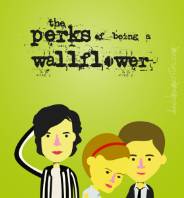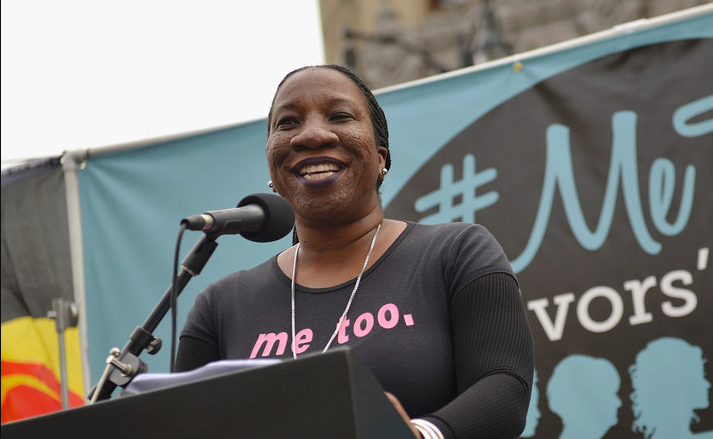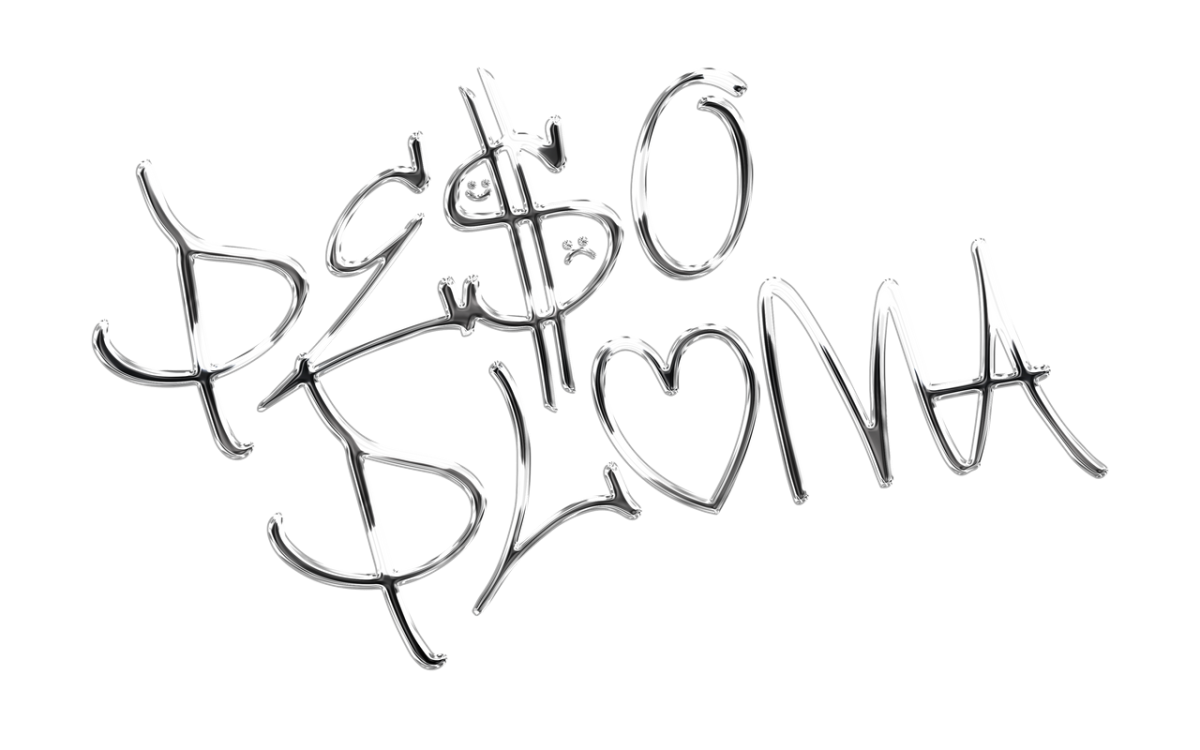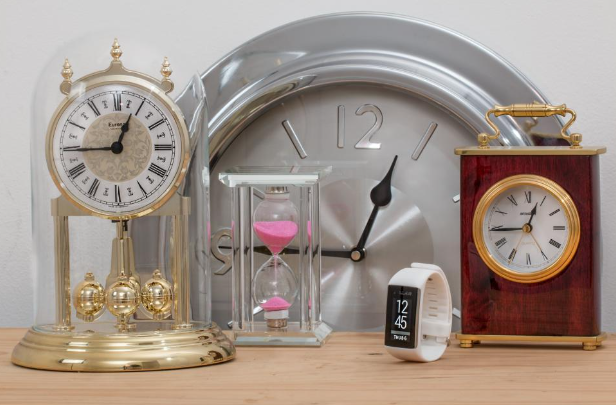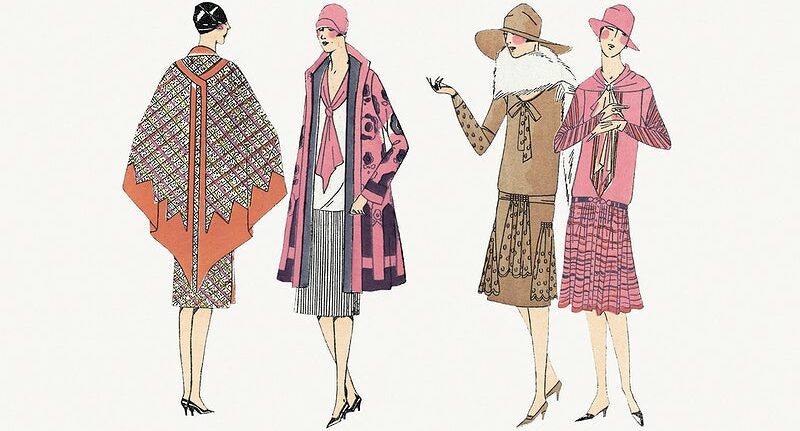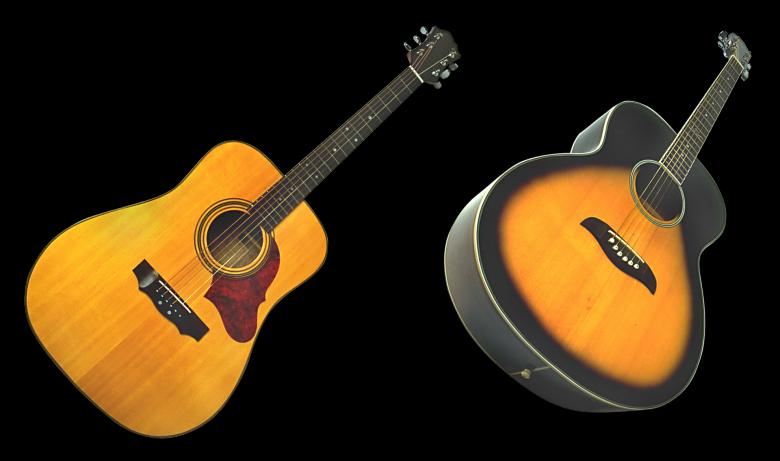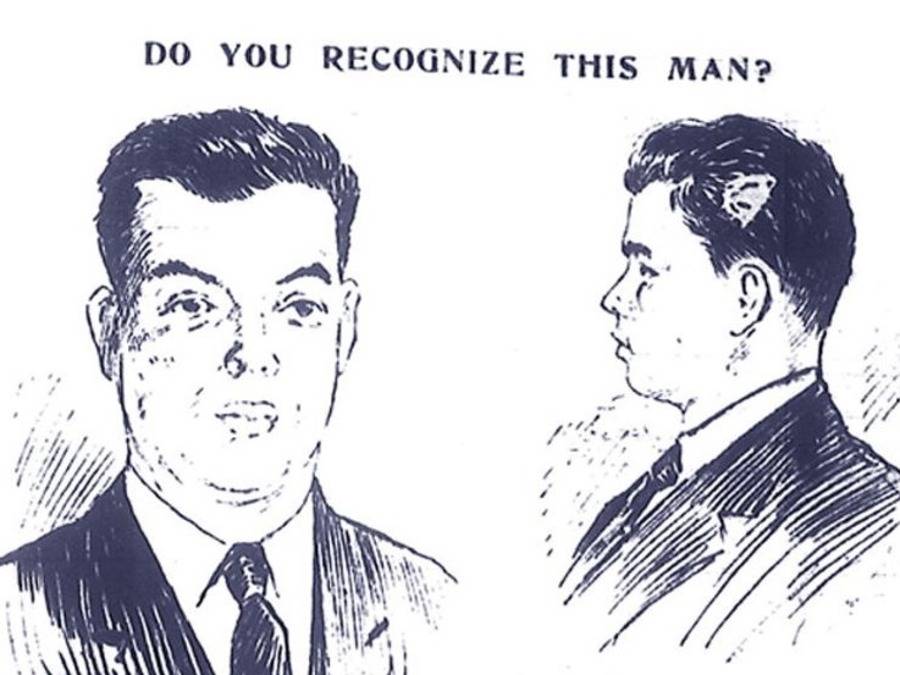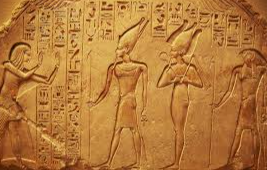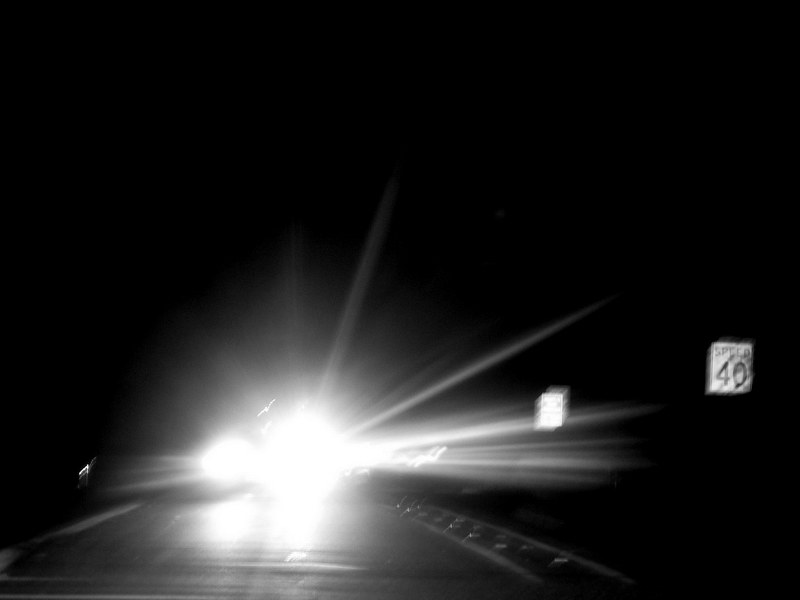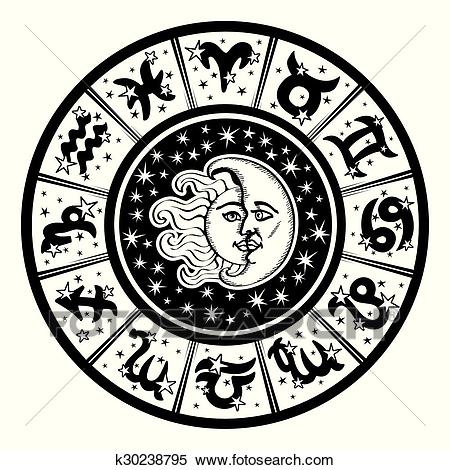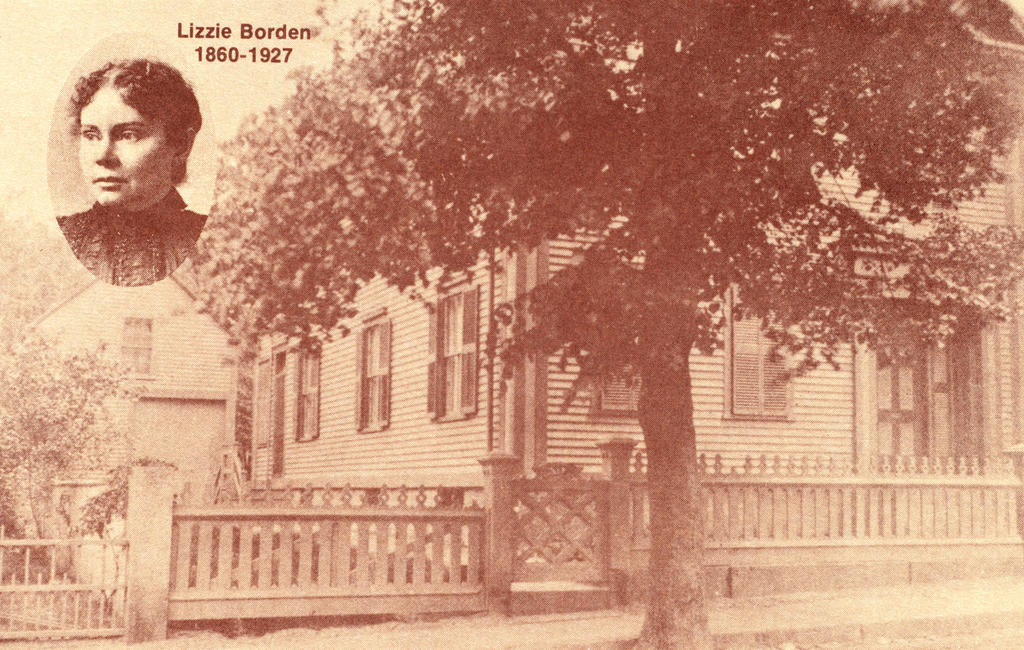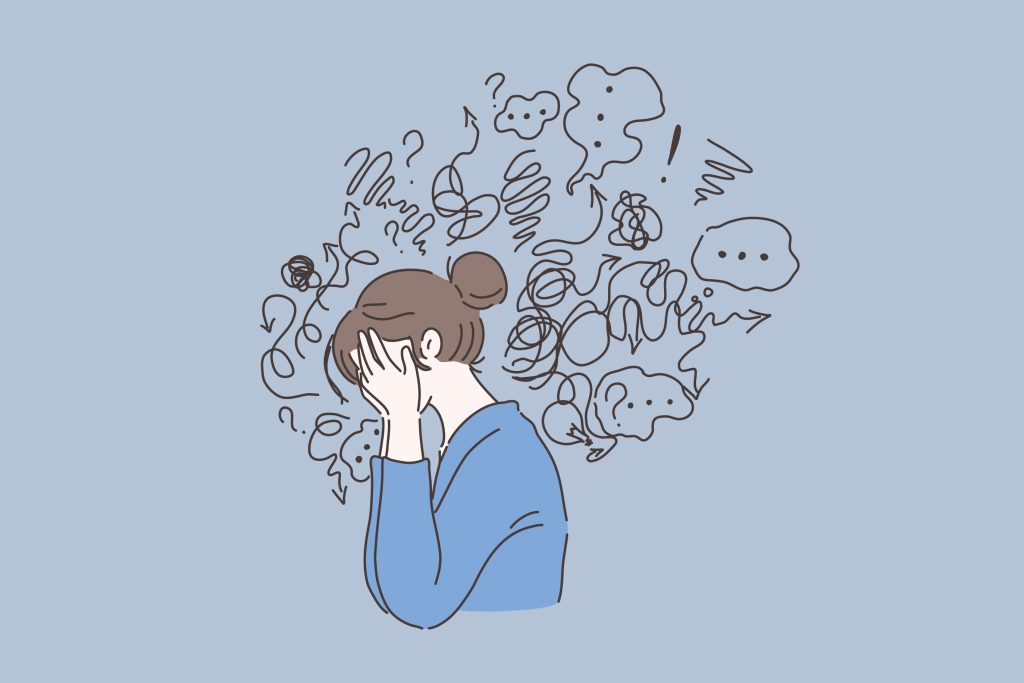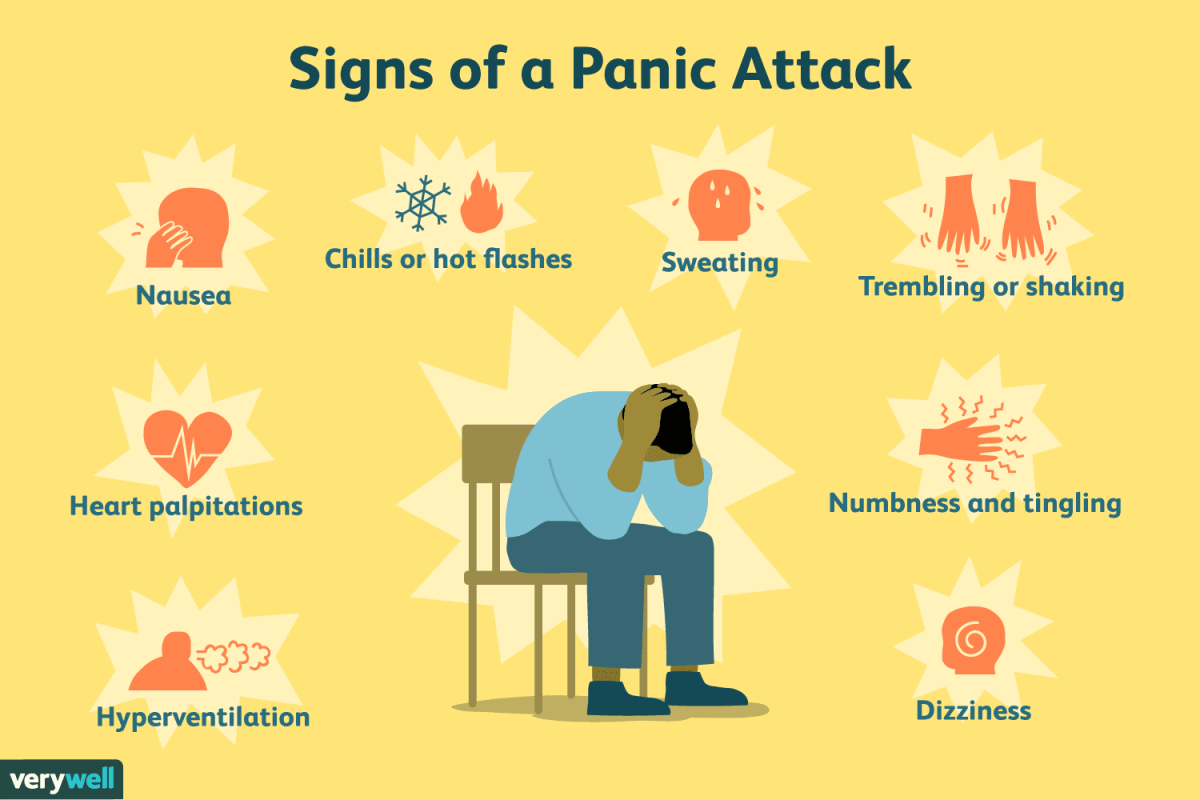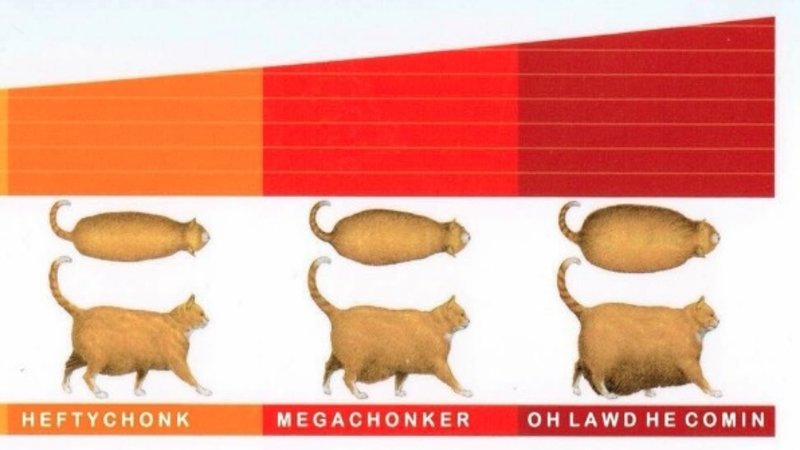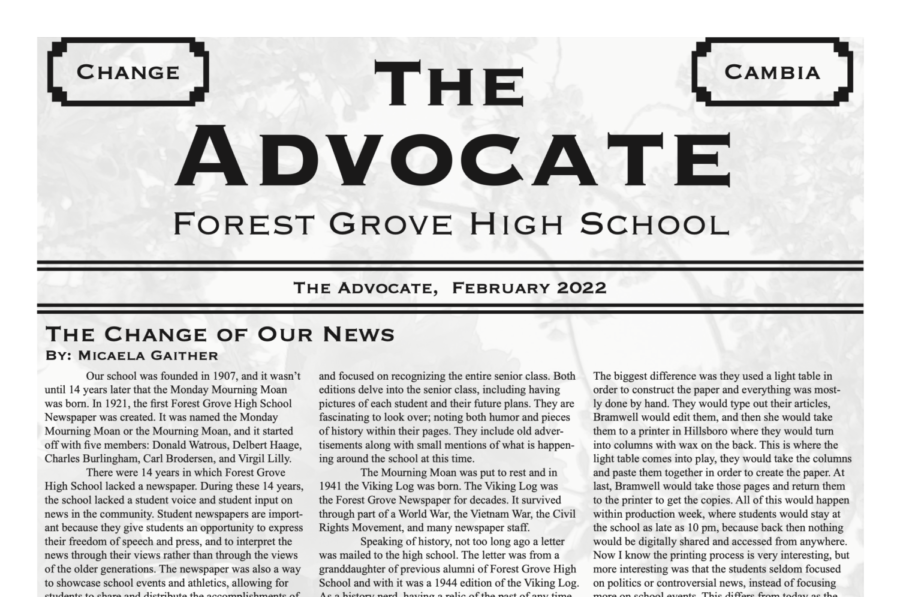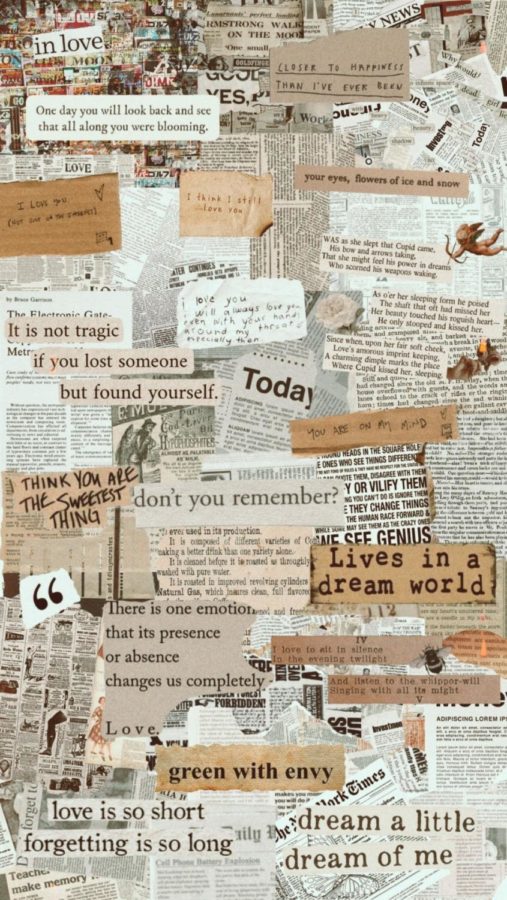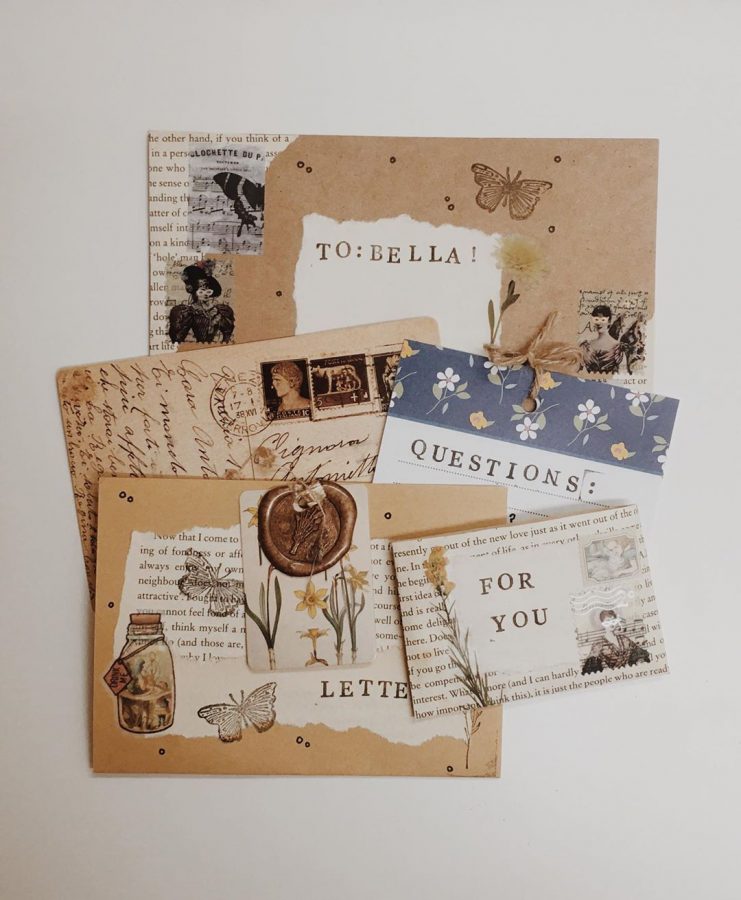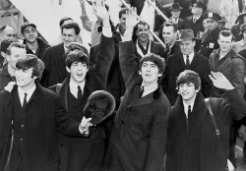History
To begin, we need to understand where the “Goth” term came from. A group of Germanic tribes invaded Rome and made their culture “mainstream.” These people were called the Goths, and this is where the term came from. The subculture itself has nothing to do with the tribes, but rather with the darkness of the situation. Nowadays, Goth refers to a music subculture, with certain dress styles accompanying it.
The Subculture
The Gothic subculture first emerged in the 1970s and 1980s, with the English Dark Rock/Post Punk (offset punk rock), genre becoming popular. It’s said that “Bela Lugosi’s Dead” by Bauhaus (1979) was the beginning. But where the term really stuck was from the band, Joy Division, they had called themselves “Gothic” and it stuck. There are many subgenres in Goth music, such as Deathrock, Ethereal Darkwave, Post Punk, and Vampirc Goth, though it is important to note that most Goths don’t only listen to Goth music. Here are some of the most popular and widely included Goth songs:
“Lucretia My Reflection,” The Sisters of Mercy, 1985
“Let’s Go To Bed,” The Cure, 1983
“Love Song,” The Damned, 1979
“Happy House,” Siouxsie & The Banshees, 1980
“Ignore the Machine,” Alien Sex Fiend, 1983
Style/Dress
There are also many different styles associated with this type of music. It has a post-modern medieval, victorian, and punk aspects. A few of the distinct styles are Vampire, Victorian, Traditional, Cyber, and Pastel. Most dress styles are in darker colors and with lots of shape and angles, whether that be their makeup or accessories. While not all goths dress this way, many do.
Movies and Literature
A major part of the goth aesthetic is just the romanticization of the dark and dark things. A few movies that capture the aesthetic are Nosferatu, F.W. Murnau, 1921, and The Addams Family, Barry Sonnenfeld, 1991. This does not mean calling every goth person “Wednesday Addams” is okay though. One Romantic Era book that is often called gothic is Frankenstein’s Monster by Mary Shelley.
Politics
Not only is there the dress associated with the Goth subculture, but there are also political views that go along with many of these darker subcultures. The most prominent ideals have to do with the free will of free thinking. Another large part is challenging gender roles, standing against violence and hate, and allowing a safe place for people to live their best lives. One could never be Goth if they are against these beliefs. It is important to note that political views are not as prominent a part of the subculture as others, like punk subcultures.
Conclusion
Against popular belief, many goth people are very happy, despite their musical tastes or more “dreary” dress. Many Goth people do enjoy the darker sides of life, but this does not mean they are violent or dangerous; if anything, it leaves them more open-minded and kind. When goth was first becoming more popular, many people saw it as a cult, but most goths were actually of different religions or even antireligion, but still agreed with the freedom of speech and religion. In conclusion, one should never judge someone just for the way they look or the music they listen to. Just because someone looks different does not make them any more or less kind than other people.







